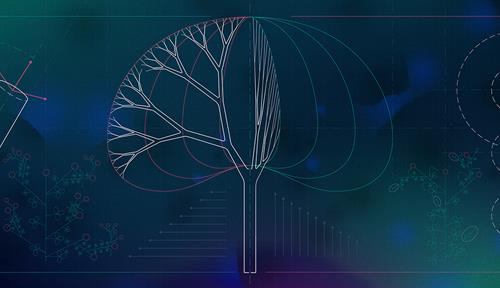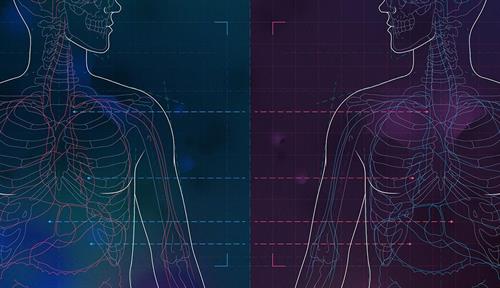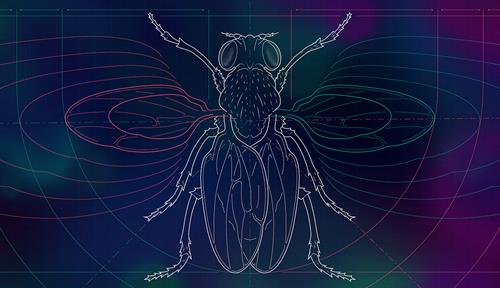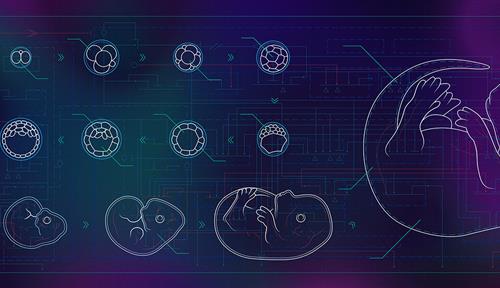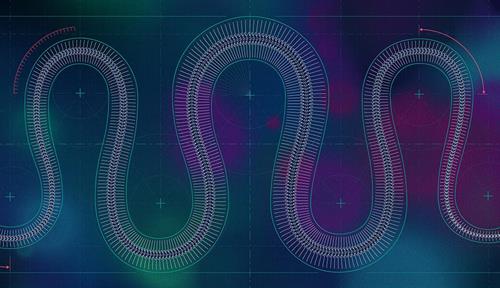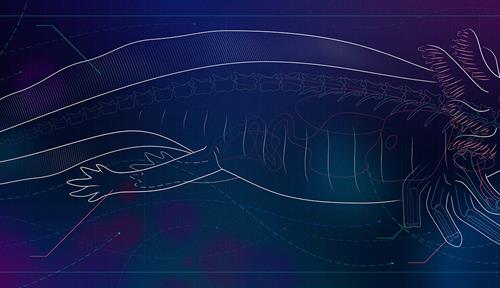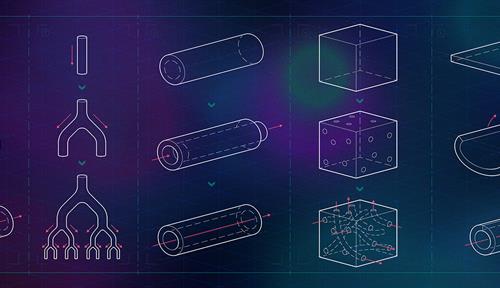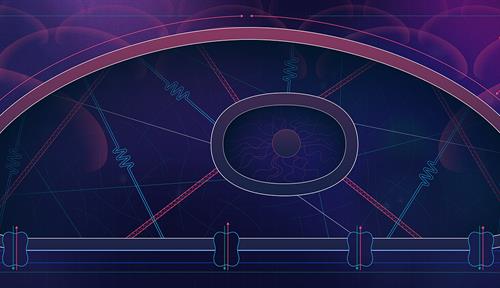CREDIT: JAMES PROVOST
Building Bodies
From a single cell, a human embryo grows into a collection of tens of trillions of highly integrated, highly specialized functionaries. How does it do it?
Biologists have long been obsessed, and we have become so, too. The result is this special report on Building Bodies. It includes a taste of the captivating things that scientists have learned about the principles and strategies that go into sculpting animal and plant forms — and the many puzzles remaining.
In this report, we look at unseen forces that push and pull cells from a naïve state to sophistication. We examine the body as a bag of branching tubes and ask how those structures are fabricated. And we lay out simple-seeming questions, such as: How does the embryo know top from bottom, or left from right? How does a spleen or a lung know how big it should grow to be? There’s an elegance to the answers that scientists are unearthing.
There are many common threads in the solutions that creatures like worms, flies, mice and humans have come up with to solve such problems — and through the decades, research in one has informed understanding of another. But our report also examines some stark differences. We look at the growing rules for trees, for example: Out of necessity, since they can’t move around, their shapes are far more plastic than animals’. And with envy we delve into the prodigious ability of salamanders to regrow lost limbs. Maybe, through learning how they do it, we might one day duplicate the process in people.
Read on, enjoy — and let us know what you think on Twitter, Facebook and by emailing the editors. And if you want to track what Knowable is up to each week, an easy way to do so is to sign up for our newsletter.



